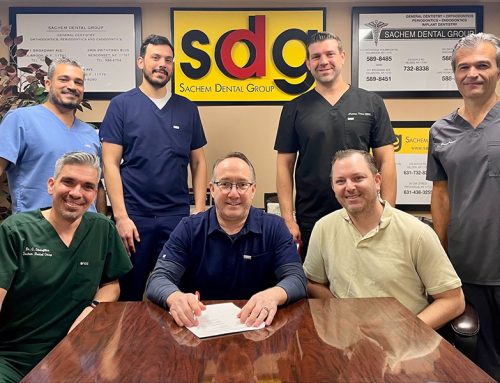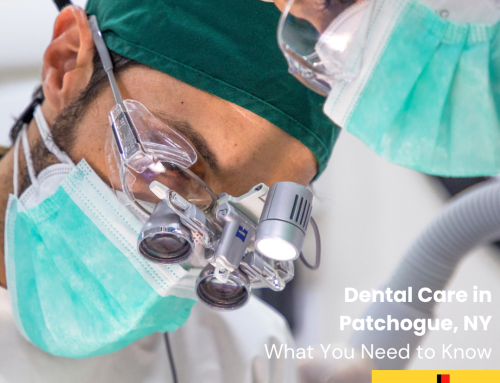
Bone augmentation — better known as “bone grafting” — is an adjunctive service that we provide in our multi-specialty general dental clinic. By incorporating advanced therapies, we can help you enjoy a stronger, healthier bite for years to come.
If it’s your first time to undergo grafting treatment in Long Island, you’re probably curious about what to expect.
Leading Up to the Augmentation Procedure
Depending on the reasons for having dental bone grafting, some individuals may need to first address infections like periodontal disease. Active bacterial deposits and inflammation must first be eliminated so as not to risk the success of the augmentation procedure. There should be no tartar buildup, swelling, or heavy bleeding.
Bone Graft Placement Day
The actual placement of your bone graft can vary from one person to the next. Some are more involved (like during oral surgeries) while others are fairly straightforward.
Typically, you can expect to have the area numbed with a small amount of local anesthetic. That way we can retract the soft tissues, access the bone in that area, and physically place the graft.
Post Bone Graft Recovery
Your actual recovery from a bone grafting procedure isn’t much different than routine dental treatment. For example, you might compare the post-treatment process to that of having a simple extraction. Avoid eating on that area for a few days, and pay particular attention to your home care instructions. The key is to avoid irritation, which could potentially lead to some type of infection (and graft failure.)
It Takes Time to Integrate
Integration is the process where the graft begins to fuse with the bone structures immediately around it. Bone integration doesn’t occur overnight. As with dental implant therapy, the osseointegration process can sometimes take anywhere between 3-6 months. With time, the bone cells grow and affix themselves next to the other structures (natural bone and teeth) next to them.
After full integration takes place, you’ll see denser, larger areas of bone on your dental X-rays. We’ll want to take intermittent images to assess your graft to ensure the success of the procedure.
What if I Decide Not to Get a Bone Graft?
Plenty of people do well without dental bone grafts. However, there are instances where avoiding bone augmentation could lead to failure in subsequent oral therapies. For instance, if you want to have dental implants installed in that location, there needs to be a physically stable base to support the implant structure. Without a graft, your implant (in areas of bone loss) is highly likely to fail.
Don’t Risk Your Oral Health
Still contemplating whether grafting (Long Island) is right for you? Reserve a consultation with one of our Suffolk County dentists to discuss the process in further detail. The more you know, the greater confidence you’ll have. Don’t risk your smile…it’s just not worth it!
Contact Sachem Dental Group today to reserve an initial bone augmentation consultation or a second opinion on grafting. New patients are always welcome.





